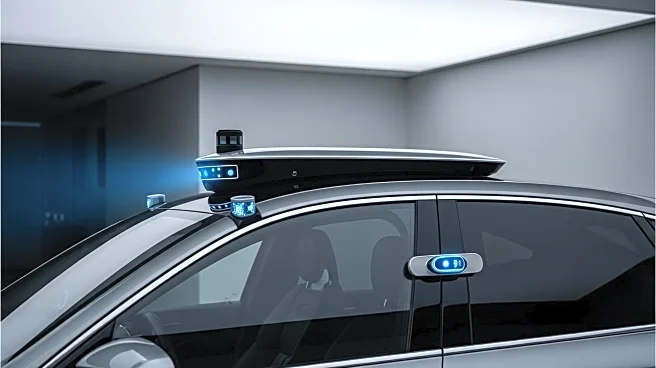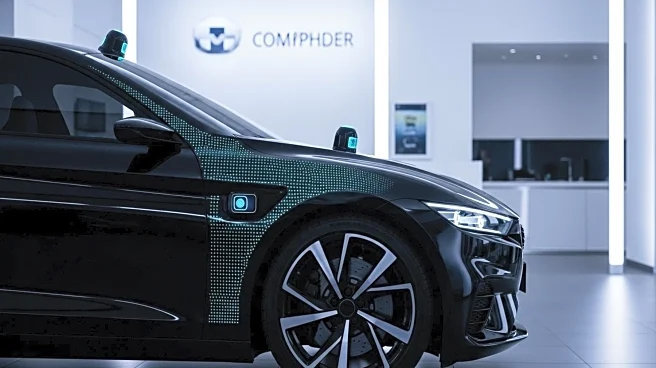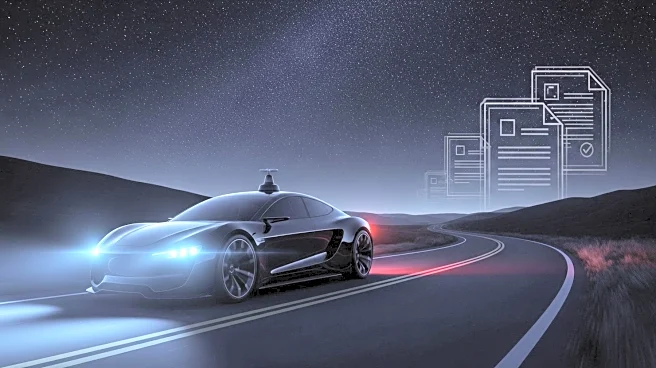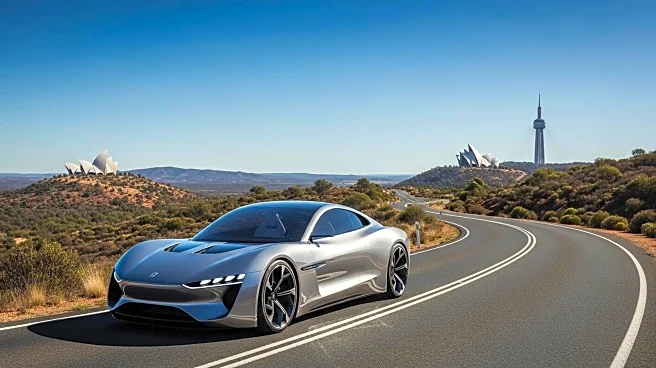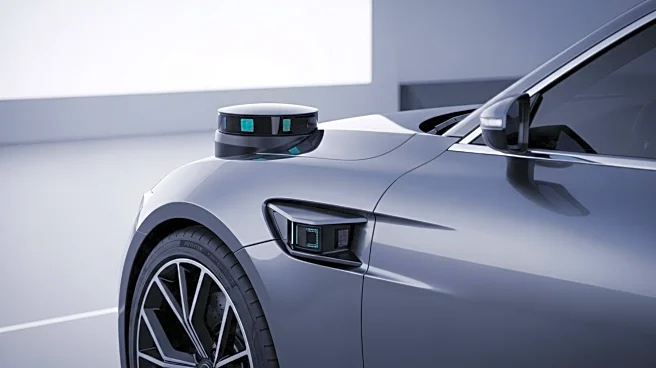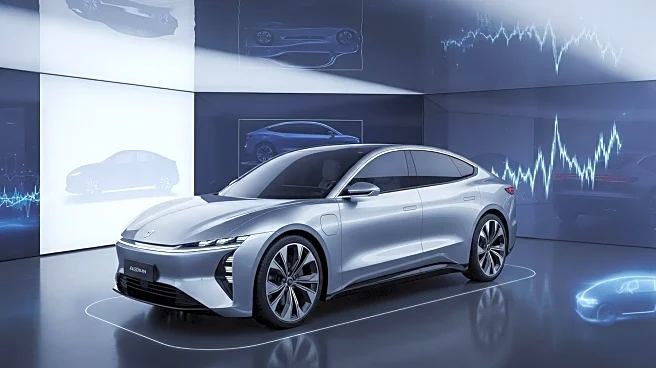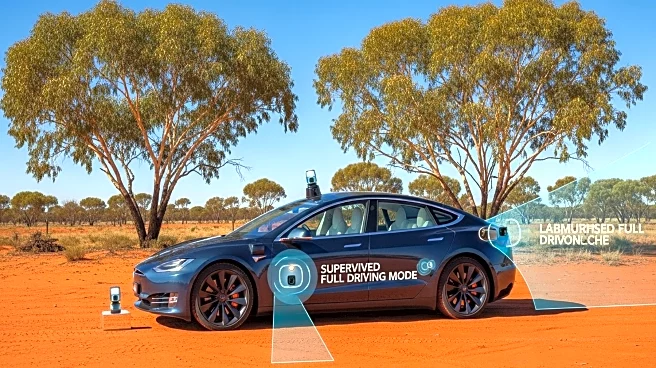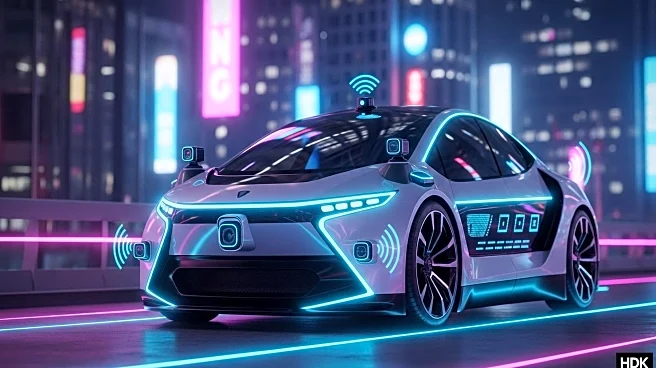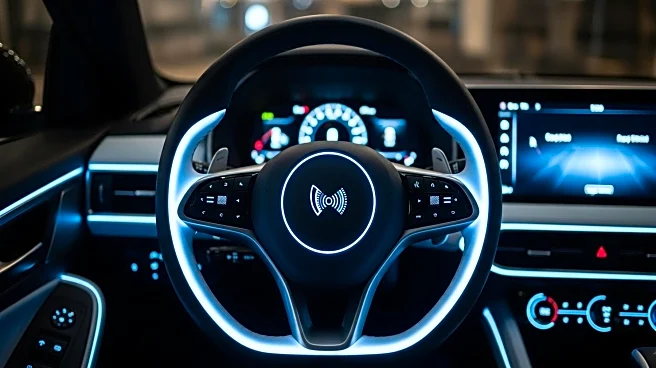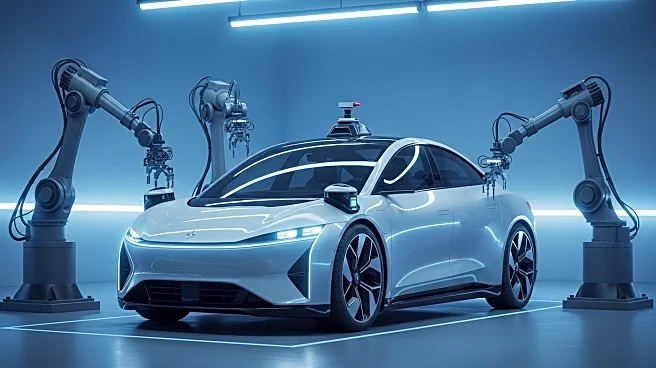What's Happening?
A Tesla Model Y equipped with Full Self-Driving v13.9 was involved in a crash during a coast-to-coast attempt, highlighting limitations in Tesla's autonomous driving technology. The vehicle struck a large metal girder positioned in the roadway, which the driver-assist system failed to detect. The human operator intervened only at the last moment, resulting in damage to the vehicle's suspension and sway bar bracket. This incident raises questions about the reliability of Tesla's autonomous systems and the need for constant human oversight.
Why It's Important?
The crash involving Tesla's self-driving technology underscores the challenges and limitations of current autonomous systems. Despite marketing claims, these systems require human supervision and are not fully autonomous. The incident could impact consumer trust in Tesla's technology and prompt regulatory scrutiny. It highlights the need for clearer labeling and driver responsibilities, as well as the importance of rigorous testing and transparency in autonomous vehicle development. The event may influence public perception and regulatory approaches to autonomous driving technology.
What's Next?
Following the crash, there may be increased regulatory oversight and demands for clearer documentation of system limits. Tesla and other companies might pivot towards more conservative approaches, incorporating redundant sensor suites to improve detection capabilities. Consumers may become more cautious about relying on autonomous systems, and regulators could push for stricter safeguards to ensure driver engagement. The incident could lead to changes in how autonomous driving technology is marketed and perceived by the public.
Beyond the Headlines
The crash highlights ethical and safety concerns in the autonomous vehicle industry. The reliance on marketing terms like 'Full Self-Driving' can create misleading impressions about the capabilities of these systems. The incident emphasizes the need for transparency and accountability in technology development, as well as the importance of independent testing and evaluation. It also raises questions about the role of influencers and social media in shaping public perception and expectations of autonomous technology.

